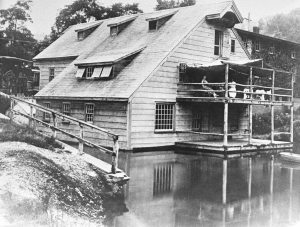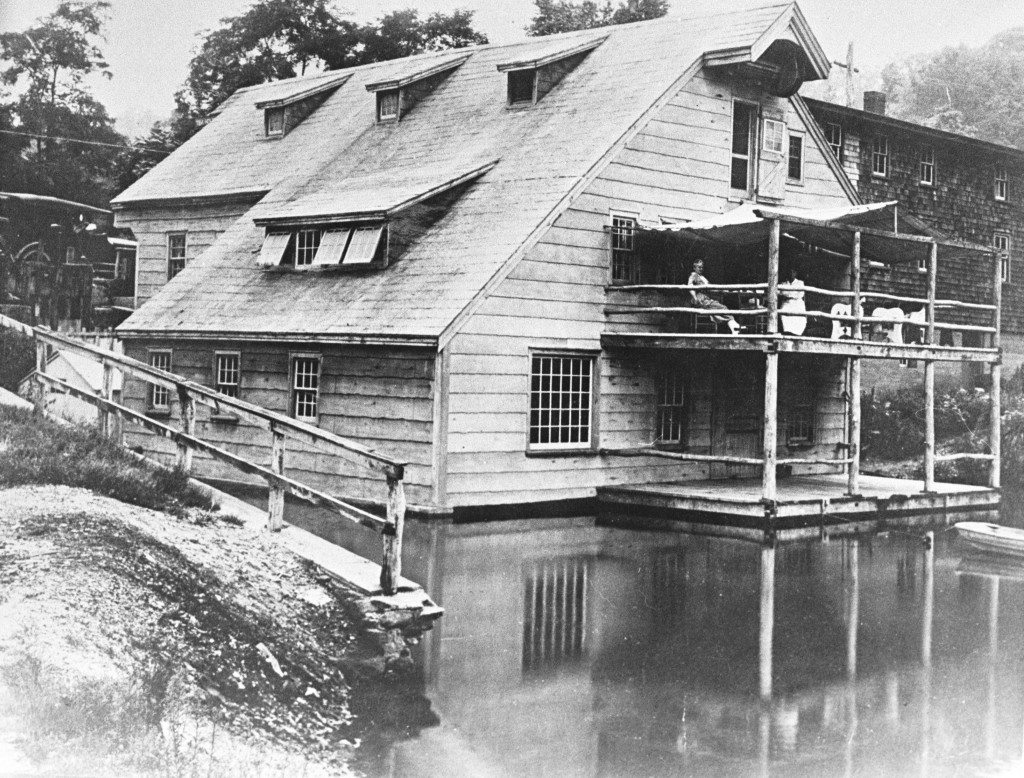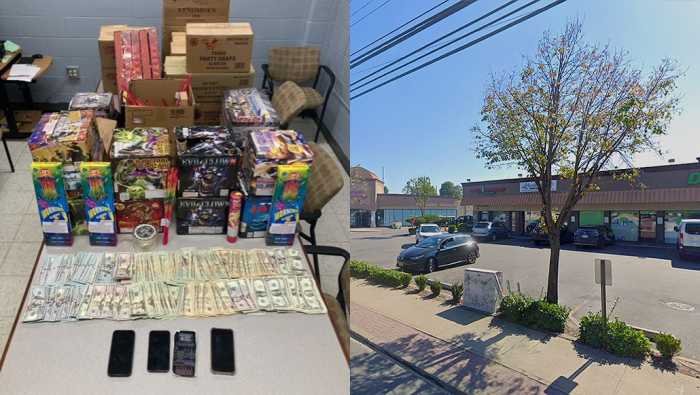 BY JOE SCOTCHIE
BY JOE SCOTCHIE
jscotchie@antonmediagroup.com
Grist Mill restoration has long been a project for Roslyn preservationists. And although it is never easy, especially in times of tight budgets, village preservationists remain legendary for their dogged determination to see things through. Just consider the installation of the Mackay horse statue at Gerry Park.
Grist Mill restoration has proven to be a arduous project, due to the usual lack of funds. But the Robeson Grist Mill is as essential to the village’s history as the Von Nostrand Starkins House or the Ellen E. Ward Clock Tower. And the central driving force behind the restoration project has been the Roslyn Landmark Society.
On Wednesday, Sept. 21 at 7:30 p.m., the society will resume their monthly lecture series with a presentation on the restoration project of the Grist Mill by Nancy A. Rankin. The lecture will take on the above date at the Bryant Library, 2 Paper Mill Rd.
The lecture will discuss the progress of the restoration project. The Landmark Society was successful in securing at $500,000 grant from New York State Park Recreation and Historic Preservation and an additional grant from a private foundation, which has allowed the project to resume. Rankin is the lead architect on this project and will discuss the progress to date and the plans for restoration.
The Grist Mill is important in that it is considered one of the few surviving Dutch colonial commercial frame buildings in the U.S. In 1986, it was added to the National Register of Historic Places.
The Grist Mill was originally constructed by in the early 18th century by Roslyn resident John Robeson, who later sold it to Jeremiah Williams. Historians believe that Williams built the current mill sometime between 1715 and 1741. In time, the mill became the property of Hendrick Onderdonk, a man famous in Roslyn history for operating a spy ring during the Revolutionary War. After the war ended, George Washington, during his 1790 triumphant tour of Long Island, visited the Onderdonk house to thank Hendrick for his services.
In 1801, the Onderdonk family sold it to Daniel Hoogland and Abraham Coles. They, in turn, sold it in 1849 to Joseph Hicks, whose family continued to operate it as a mill until 1916, when they converted it into a tea house and museum. For the next 60 years, the tea house was a popular destination for parents and their children, providing family entertainment and relaxation. The tea house remained in operation until 1975, when the Nassau County Parks Department became the sold proprietors.
Although the future for the Grist Mill seemed bleak, Roslyn preservationists sprang into action. As the new century got under way, they got the county to begin restoration efforts. Landmark Society members are hopeful that restoration will take place and once it does, the county will transfer the title to the village, which in turn will let the society operate it as a museum for future generations of Long Islanders to enjoy. And that is the Roslyn spirit in action.
The Sept. 21 lecture and parking are free. No RSVP necessary. Call 516-625-4363 or rlsinfo@optonline.net or www.roslynlandmarks.org for more information.



































